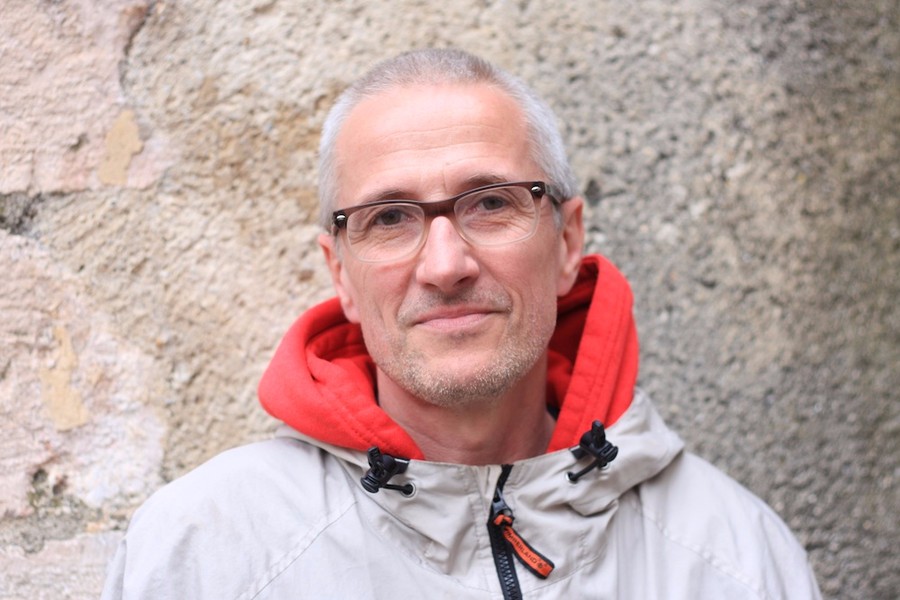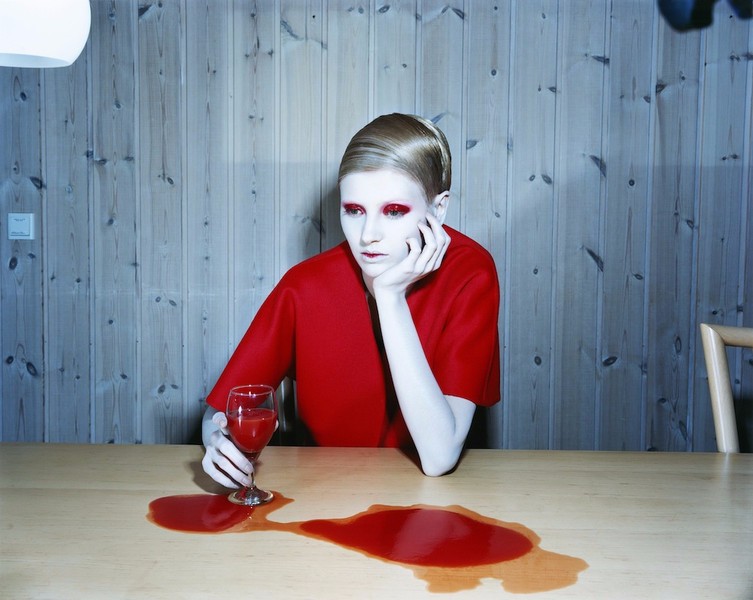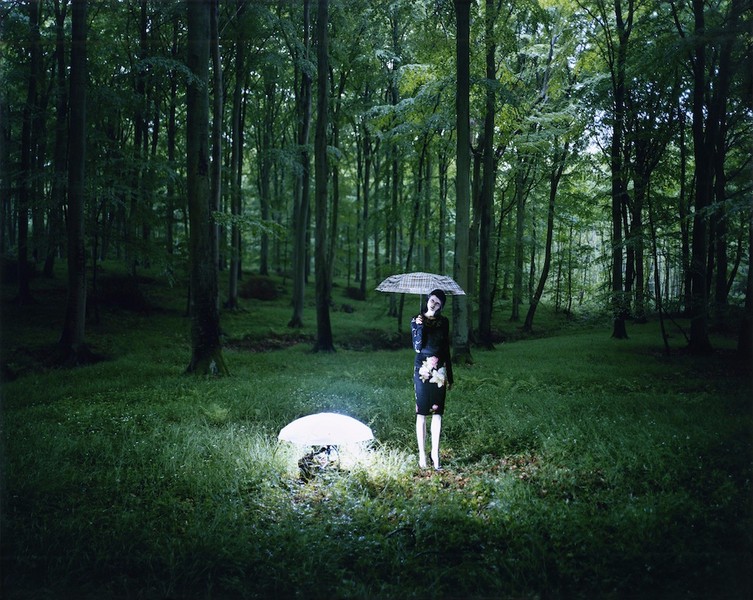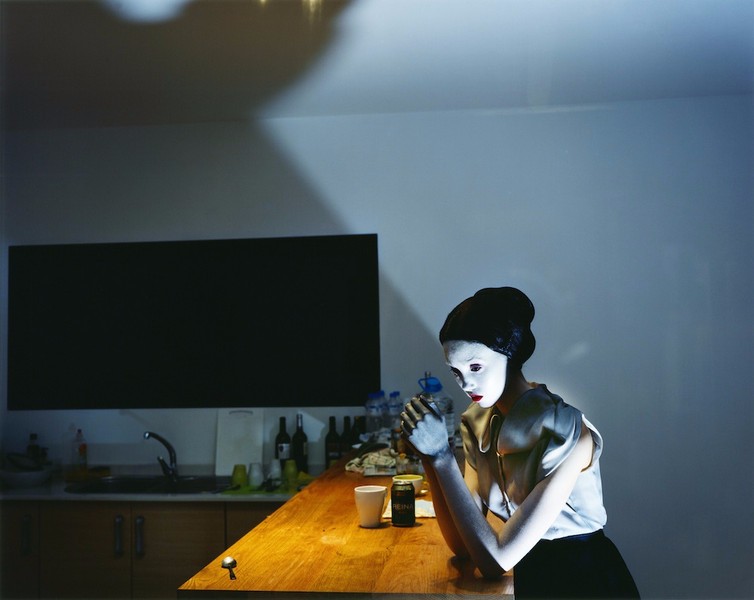DASH Magazine was fortunate to finally meet the acclaimed French photographer-turned-painter-turned-photographer Jean-François Lepage in person at the opening of his solo exhibition as part of Hyères 2013 at the Tours des Templiers. The exhibition by the prolific artist, whose career spans across the past three decades, is still on view until 26th May.
As part of DASH Magazine’s current SS13 issue ‘Excess in Minimalism’, Marissa Cox met up with Jean-François and his long-time illustrator friend Nawel. Read an excerpt of their conversation here and get your copy of SS13 for the full feature.
Run! And Don’t Look Back!
A conversation between Jean-François Lepage and Nawel by Marissa Cox
French fashion photographer Jean-François Lepage creates hauntingly beautiful and visually seductive surrealist images that often incorporate graphics and illustration. He chose Nawel, an good fashion illustrator friend of his as a conversation partner. So I set off to a Parisian suburb on a chilly Monday morning to chat to both around his kitchen table.
M: Thanks for the tea and for having me today. How do you know each other?
N: I wanted to leave my job as a fashion designer and start making images. I’d seen Jean-François’ work and wanted to meet him because he was a very talented artist and also working for commercial print magazines and making videos. I thought he would be able to give me interesting feedback. We were introduced by a mutual friend, shared a drink, talked about images and became friends… very simple.
M: Can you tell me a bit about your backgrounds?
JF: Like many photographers who started out in the 1980s, I didn’t go to college. I quit school when I was 17, was travelling for a little bit and, at some point, was given the chance to be an assistant. I believe that’s still the best form of learning. M: Because it’s practical?
JF: Because you’re learning on the job. You meet a lot of people, and when you’re young, you learn fast. I didn’t assist for a long time. I think it was less than a year before I started taking small pictures – not pretentious ones, rather small portraits and a lot of still lifes for many different magazines; at first for French ones, then mostly for Italian and English magazines and, shortly after, for publications all around the world. That’s mainly what I did when I was young. I stopped taking pictures quite young, too, at 27, because my pictures were becoming a bit too weird for most magazines.
M: How do you mean ‘too weird’?
JF: They didn’t want to publish them anymore; they were too aggressive or too provocative. I decided that I didn’t want to be a person who wants to work and express himself in an industry where people don’t want you. I quit and that was also at the same time I had my first child. Then I was painting for over ten years. How would you describe your work? JF: Describing my work isn’t really my job… In one word – intriguing.










